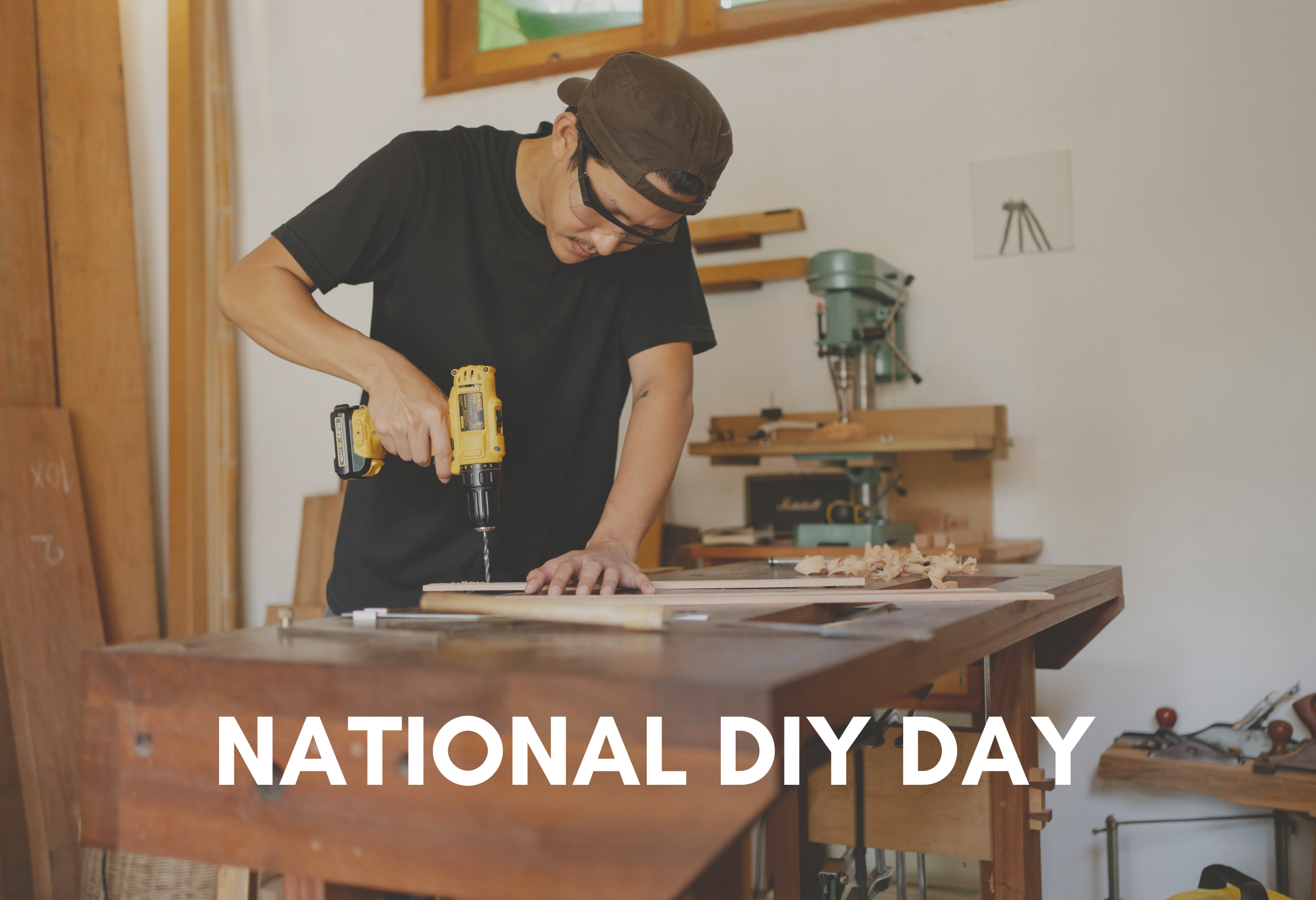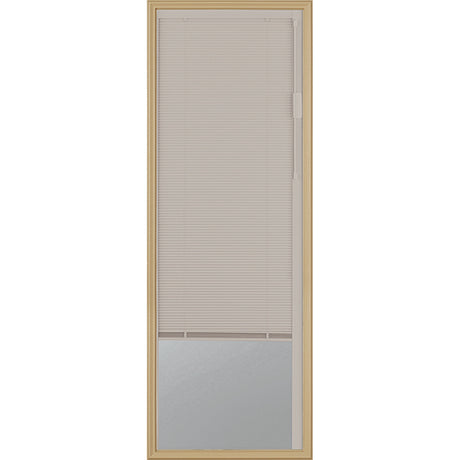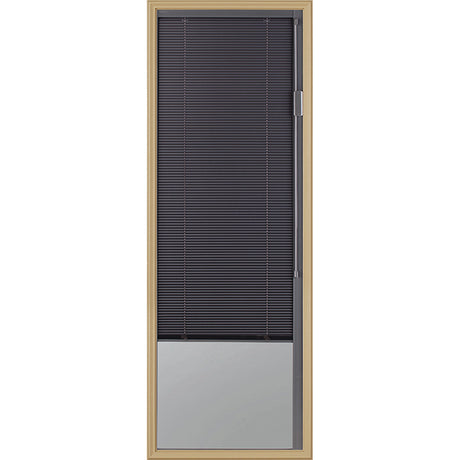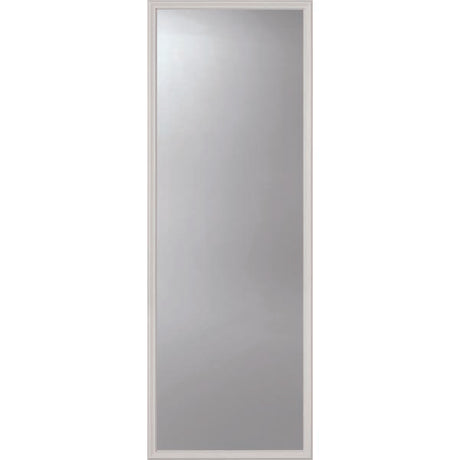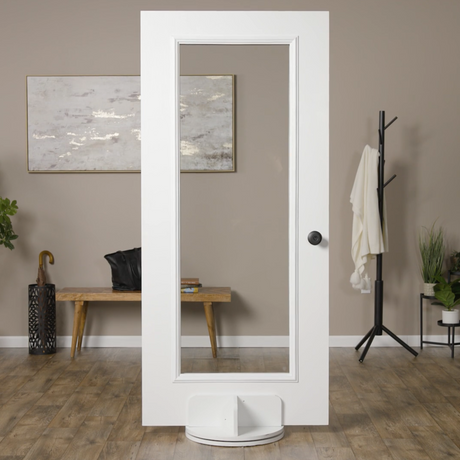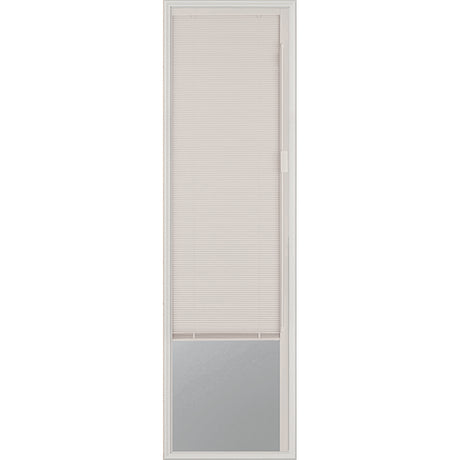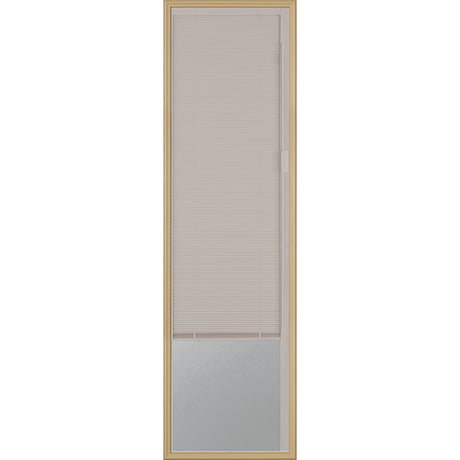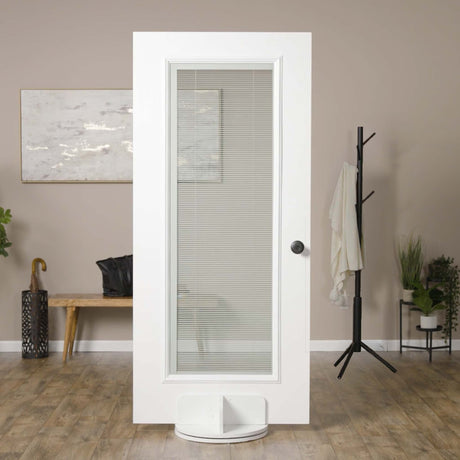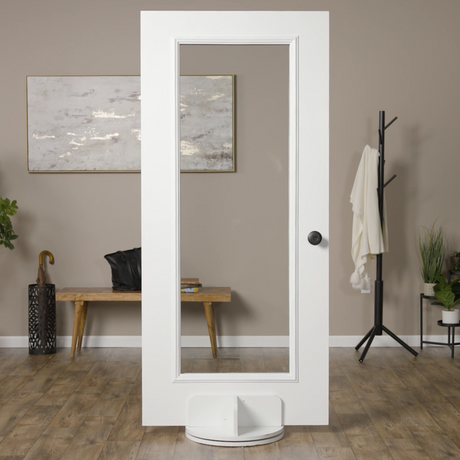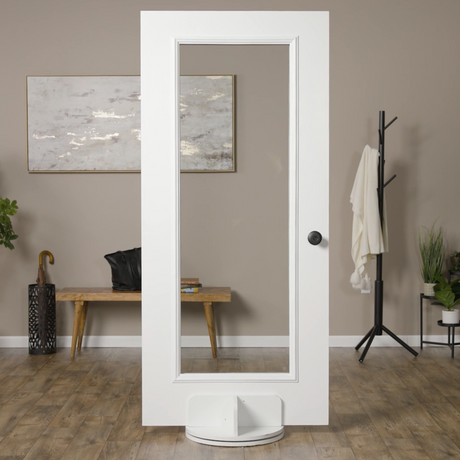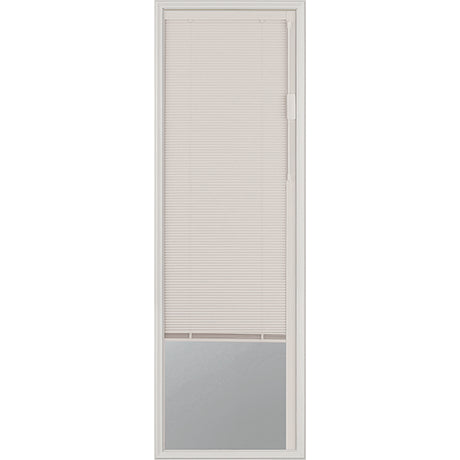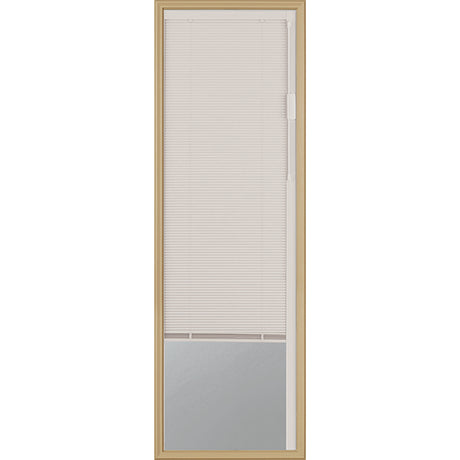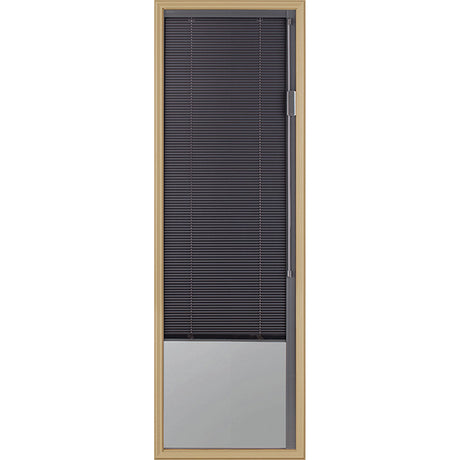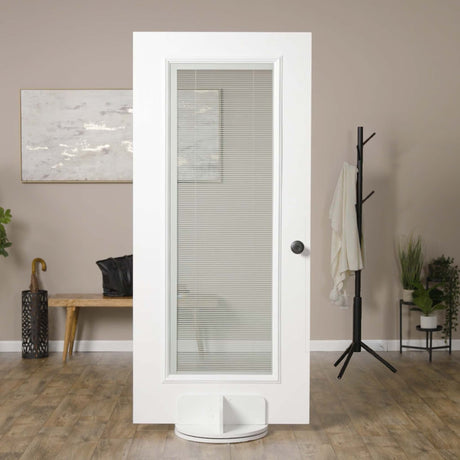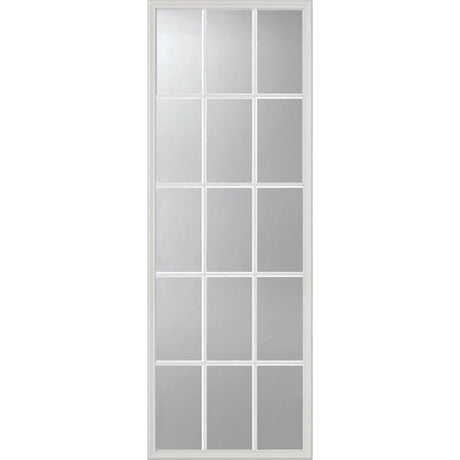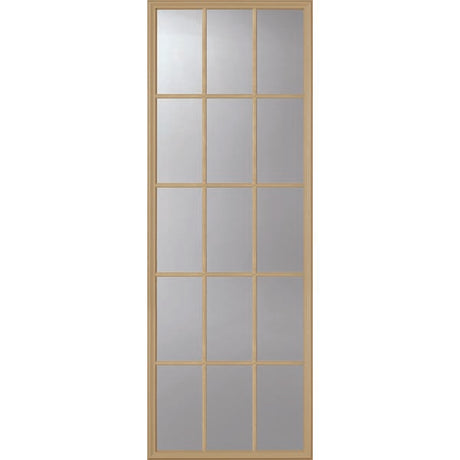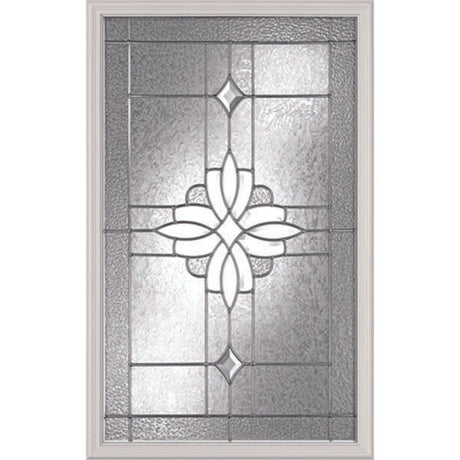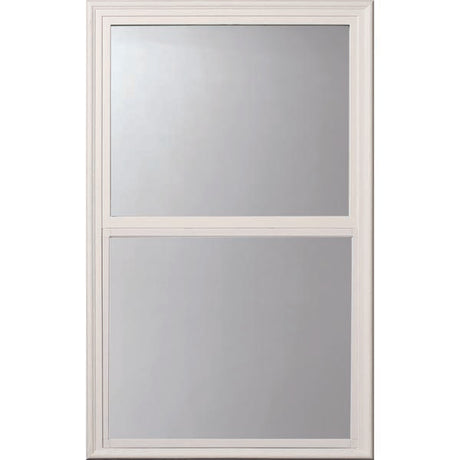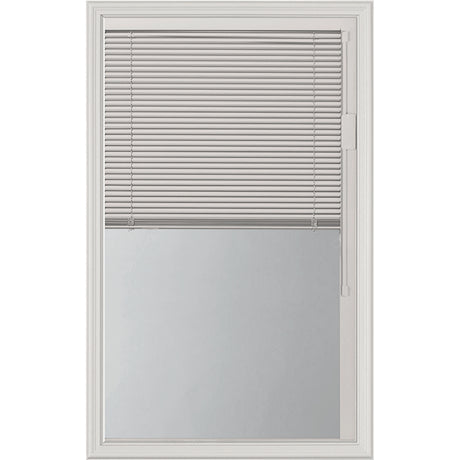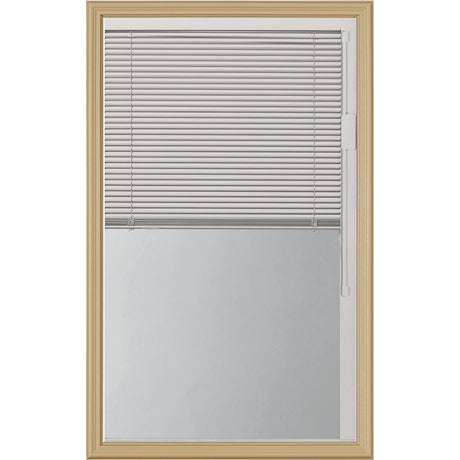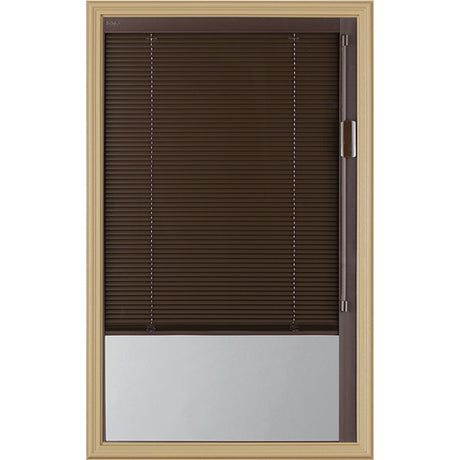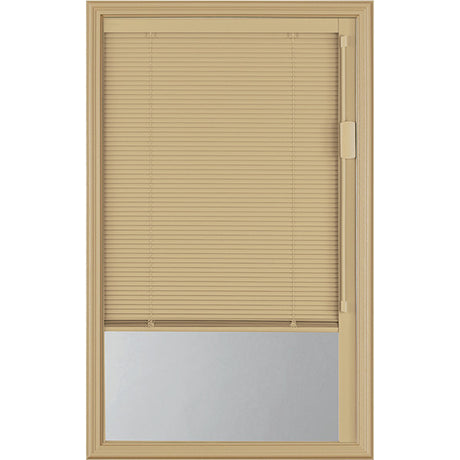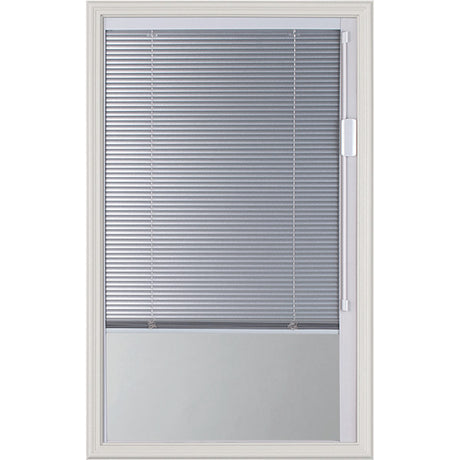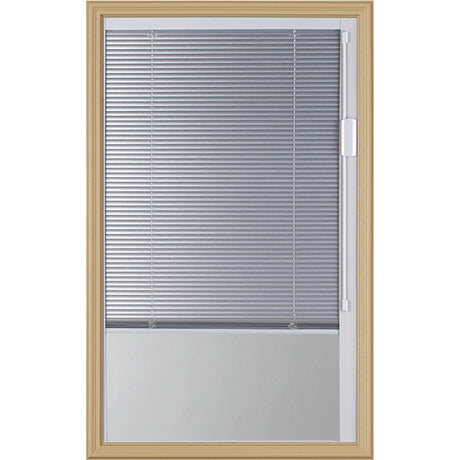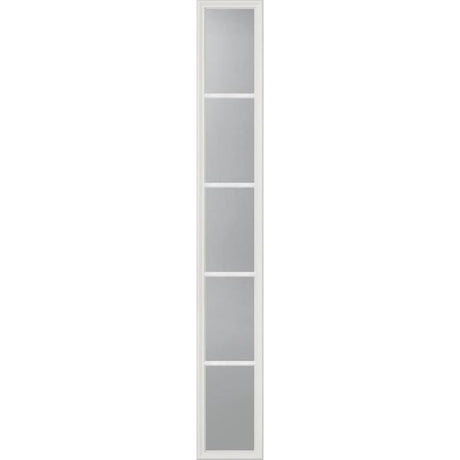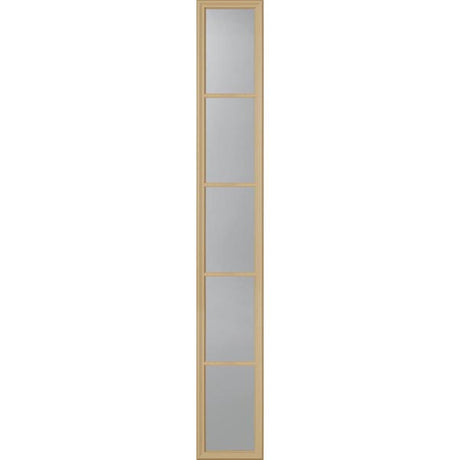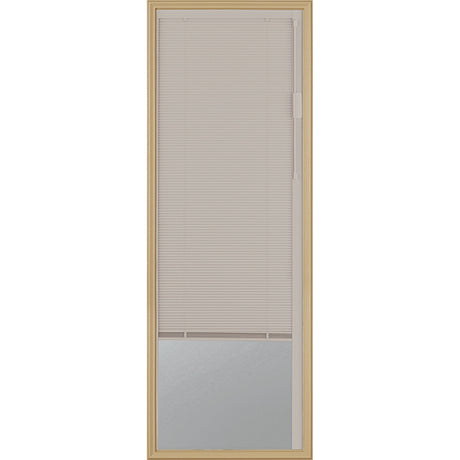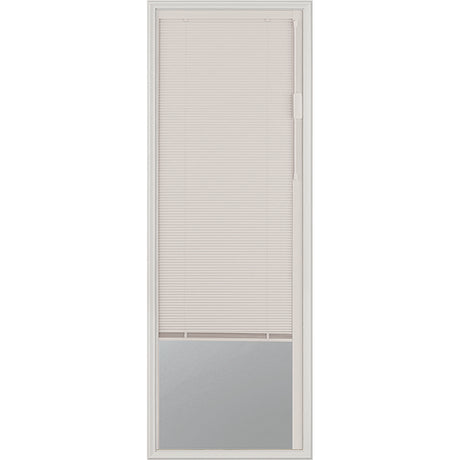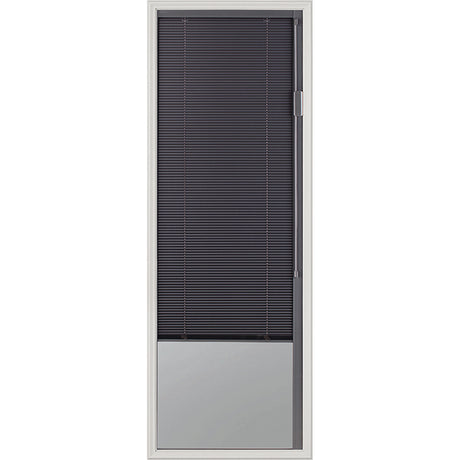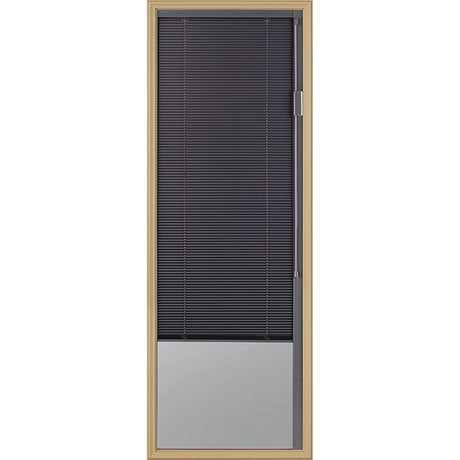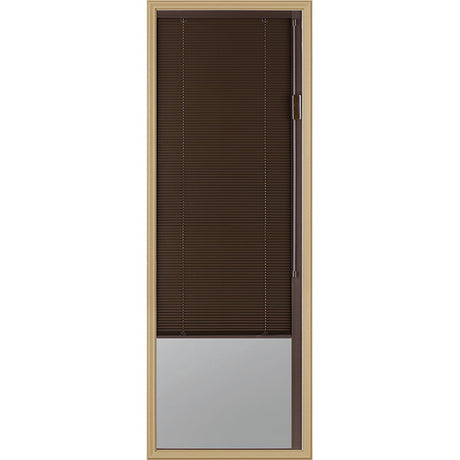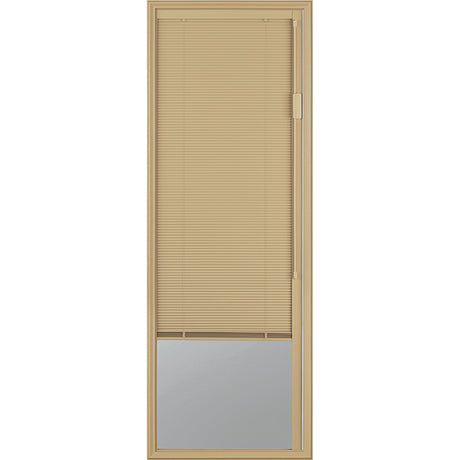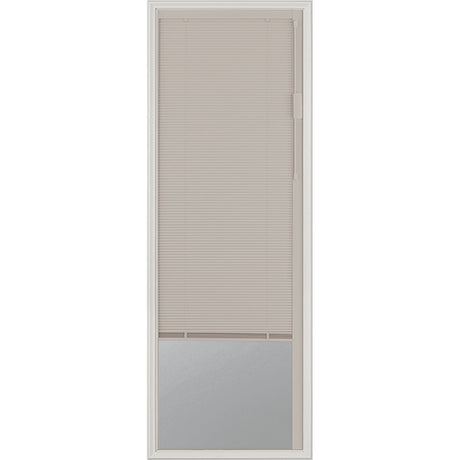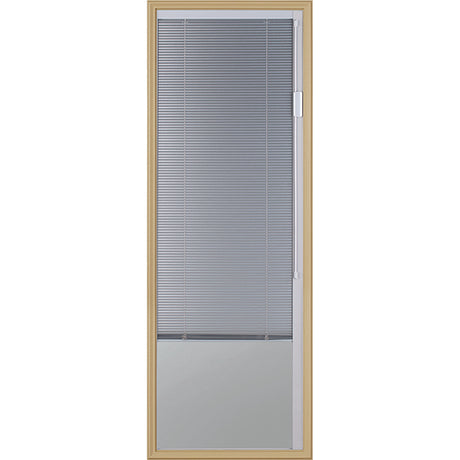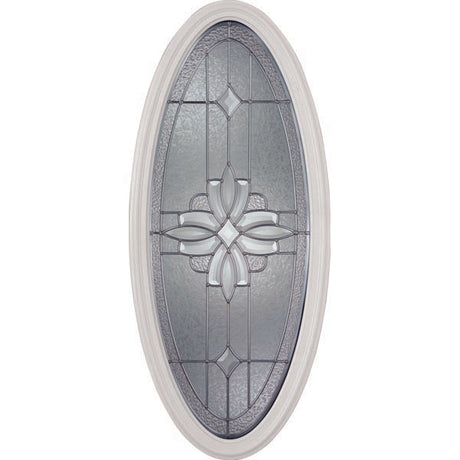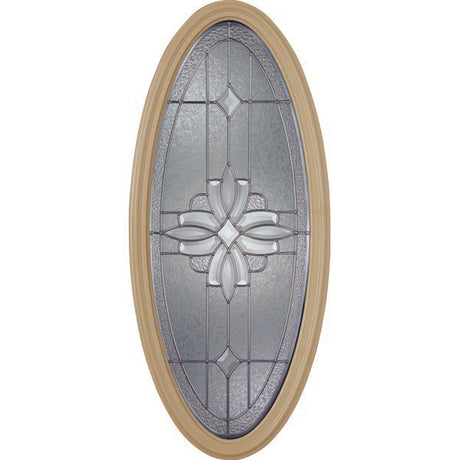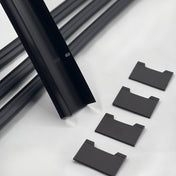Nature vs. Outdoor Elements
One thing homeowners can all agree on is the amount of responsibilities that go into maintaining and protecting your home throughout the seasons. Thankfully weatherproofing your home can be done with a few easy DIY projects and can also help you save some money on your electric bills too! You’ll be blown away by all of the DIY ideas in this blog to help you protect your home against the elements. Read on to learn more!
What is Weatherproofing?
In general, weatherproofing involves creating barriers between the interior of your home and outside air/temperatures. This might include installing insulation, adding storm windows or doors, caulking cracks around windows and doors to seal any gaps, replacing worn-out roof shingles, or even painting with heat-resistant paint.
Weatherproofing needs differ depending on what type of weather you’re dealing with each season. For example, rain protection includes coating surfaces with waterproof sealants as well as making sure gutters are properly maintained, so water doesn’t seep into walls or foundations.
Snow requires an additional layer of insulation to keep the cold out, while summer might require checking vents to ensure proper ventilation and keep temperatures down indoors. Severe storms such as tornadoes and hurricanes require special preparations like boarding up windows and reinforcing roofs against high winds – something best left to professionals since these measures involve more than simply sealing off openings in a house.
Weatherproofing for Rain
Weatherproofing for rain is essential in areas that experience heavy rainfall, as it helps to protect your home from water damage. This type of weatherproofing involves:
- Coating surfaces with waterproof sealants
- Making sure gutters are properly maintained, so water doesn’t seep into walls or foundations
- Ensuring windows and doors have adequate protection against the elements.
If you’re looking for DIY projects to stay ahead of the storm, there are plenty of options available online. The most important thing is making sure all entry points such as windows and doors are sealed off. You can do this by installing storm shutters or caulking around window frames.
Additionally, if your roof isn’t well-maintained then it’s a good idea to inspect it regularly for missing shingles or other signs of wear. You may even want to consider applying a waterproof coating on top. Finally, make sure any drains around the house are clear, so they don’t become blocked up during heavy downpours.

Weatherproofing for Snow
Weatherproofing for snow is key if you live in an area that experiences heavy snowfall. This type of weatherproofing involves adding extra layers to your home’s insulation, so it can better protect against cold temperatures and help keep energy costs down.
You may also want to consider investing in storm windows or doors, as these can provide further protection from the elements. Additionally, make sure your gutters are properly maintained, so they don’t become blocked with ice and snow. This will help prevent water damage to the walls and foundation of your home.
When it comes to DIY projects, there are plenty of great ideas out there for weatherproofing your home against cold weather.
- Seal off any openings around windows or doors with caulk or other sealants to keep warm air inside and cold air outside.
- Make sure attic insulation levels are up-to-date will help trap heat within the house. If needed you could even add more by laying additional blankets over existing ceiling joists or installing extra rolls between rafters/trusses.
- Insulate your water heater with an insulating wrap. This will help save on the energy required to maintain the desired temperature.
Weatherproofing for Heat
Weatherproofing for heat involves making sure your home can effectively protect against the scorching summer temperatures, so it’s important to start preparing early.
When it comes to DIY projects, there are some great ideas out there for protecting your home from the summertime heat. For starters, investing in heavy-duty sunscreens or shades will provide excellent protection against direct sunlight. These come in many shapes and sizes depending on what kind of coverage you need. Additionally, caulking cracks around windows and doors (or even applying window film) will create an extra barrier between your interior and exterior environments.
This helps keep cool air inside while keeping warm air outside where it belongs. Finally, painting exterior walls with light-colored paint can also be helpful as lighter colors tend to reflect more sunlight than darker ones. Just make sure whatever product you choose has been specifically designed for outdoor use.
Weatherproofing for Severe Weather
Weatherproofing for severe weather involves making sure your home can effectively protect itself from severe weather events, including tornados, hurricanes, strong winds, heavy rain, and other potential damage-causing elements like hail. There are plenty of DIY projects available online to help with this; from installing storm shutters or caulking around window frames, to sealing off any entry points with extra layers of insulation. Additionally, it’s important to inspect roofs regularly for missing shingles or other signs of wear. You may even want to consider applying a waterproof coating on top.
If you’re looking for the ultimate way to protect your property against severe weather then Zabitat’s Severe Weather Doorglass is definitely worth checking out. Our doorglass options are desired for security, engineered for strength, and sealed between impact-resistant laminated glass on the exterior, and tempered safety glass on the interior. These features of the glass are perfect for standing up against the strongest storms.
When it comes to protecting your home against weather damage, there are plenty of DIY projects out there that can help. From caulking cracks around windows and doors to installing storm shutters or patching up your roof. These simple steps can make a huge difference when it comes to keeping your property safe from moisture and other types of damage. So don’t put off your preparations any longer. Take action now and get ready for whatever Mother Nature has in store.







